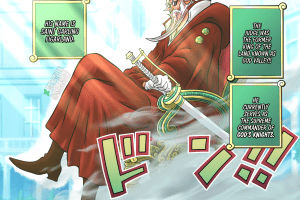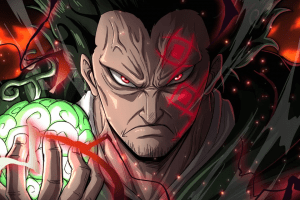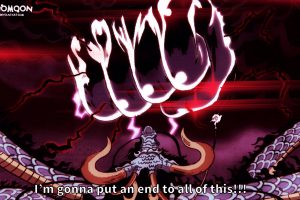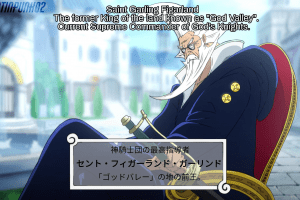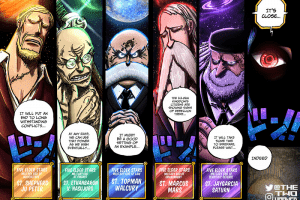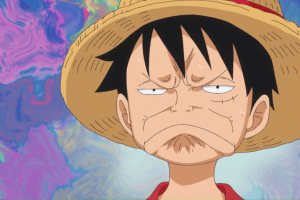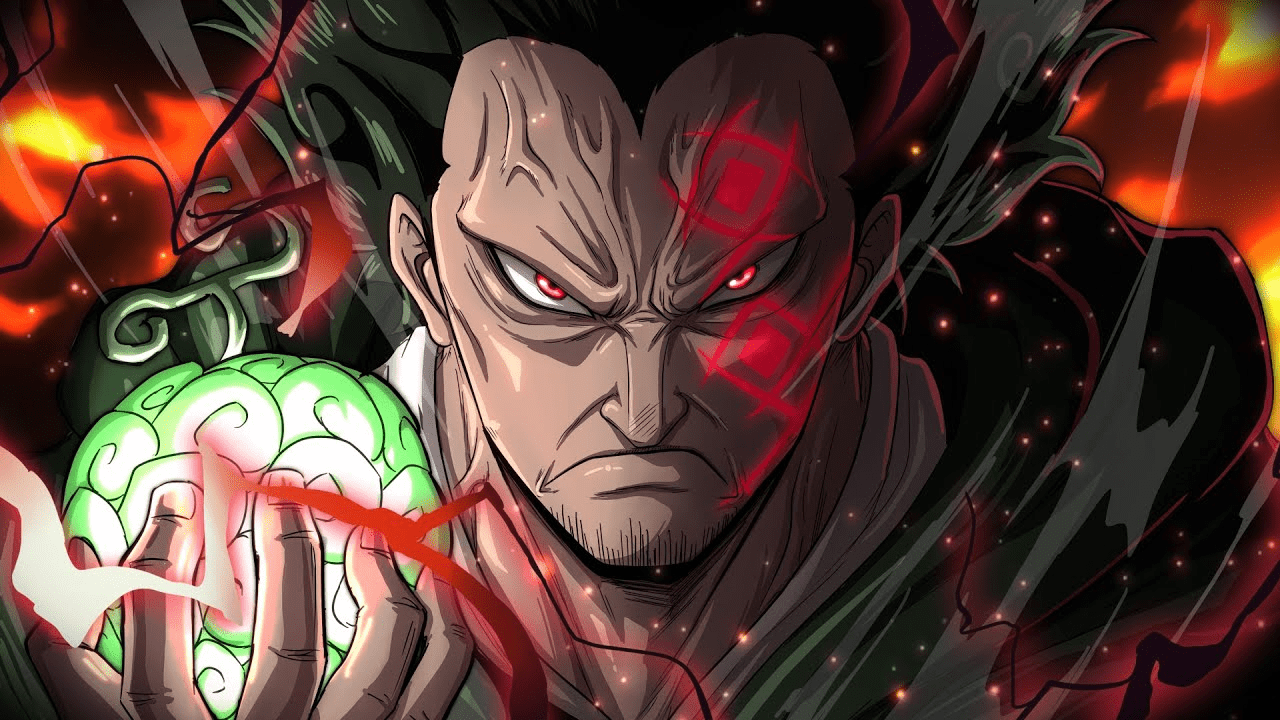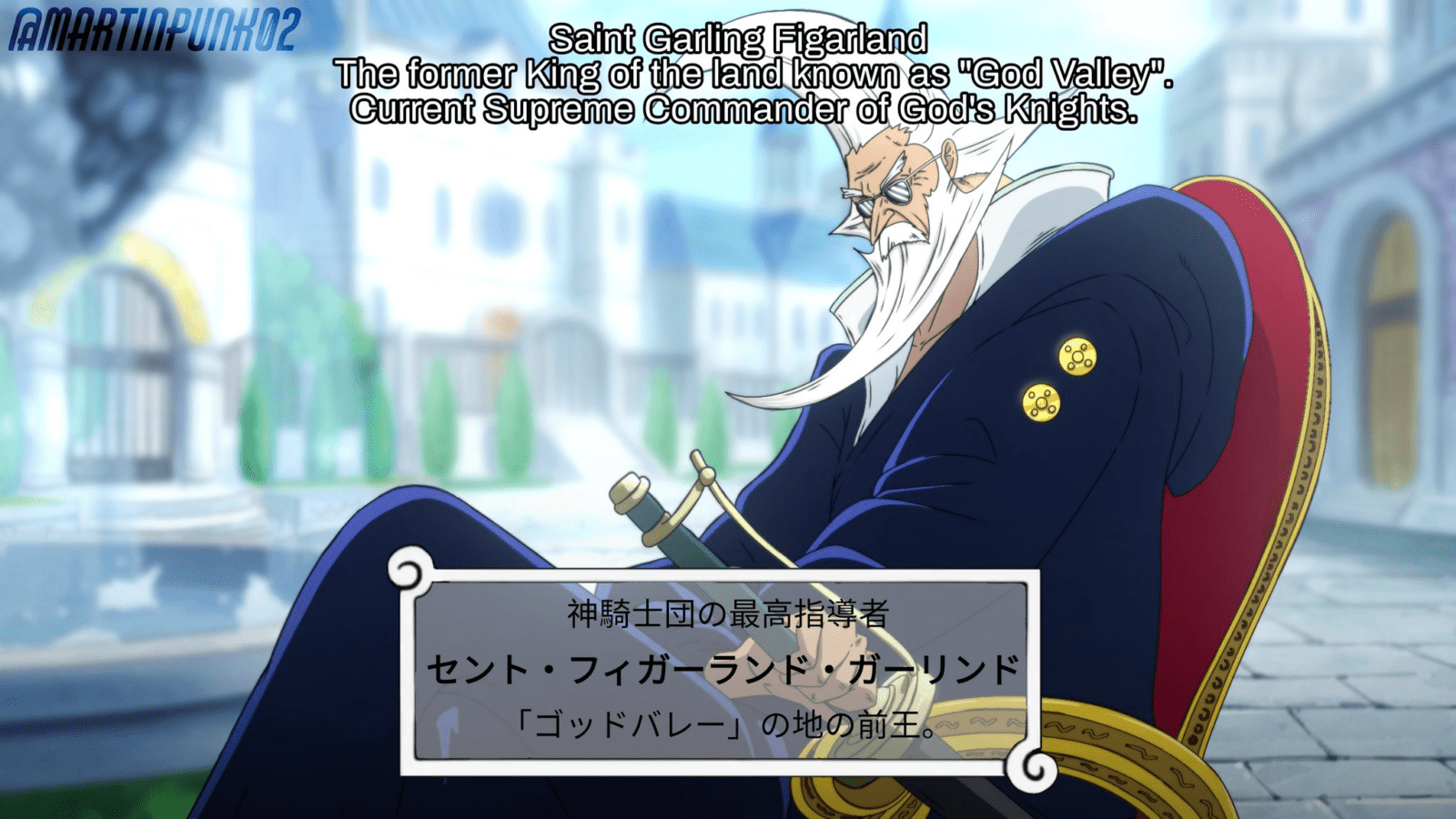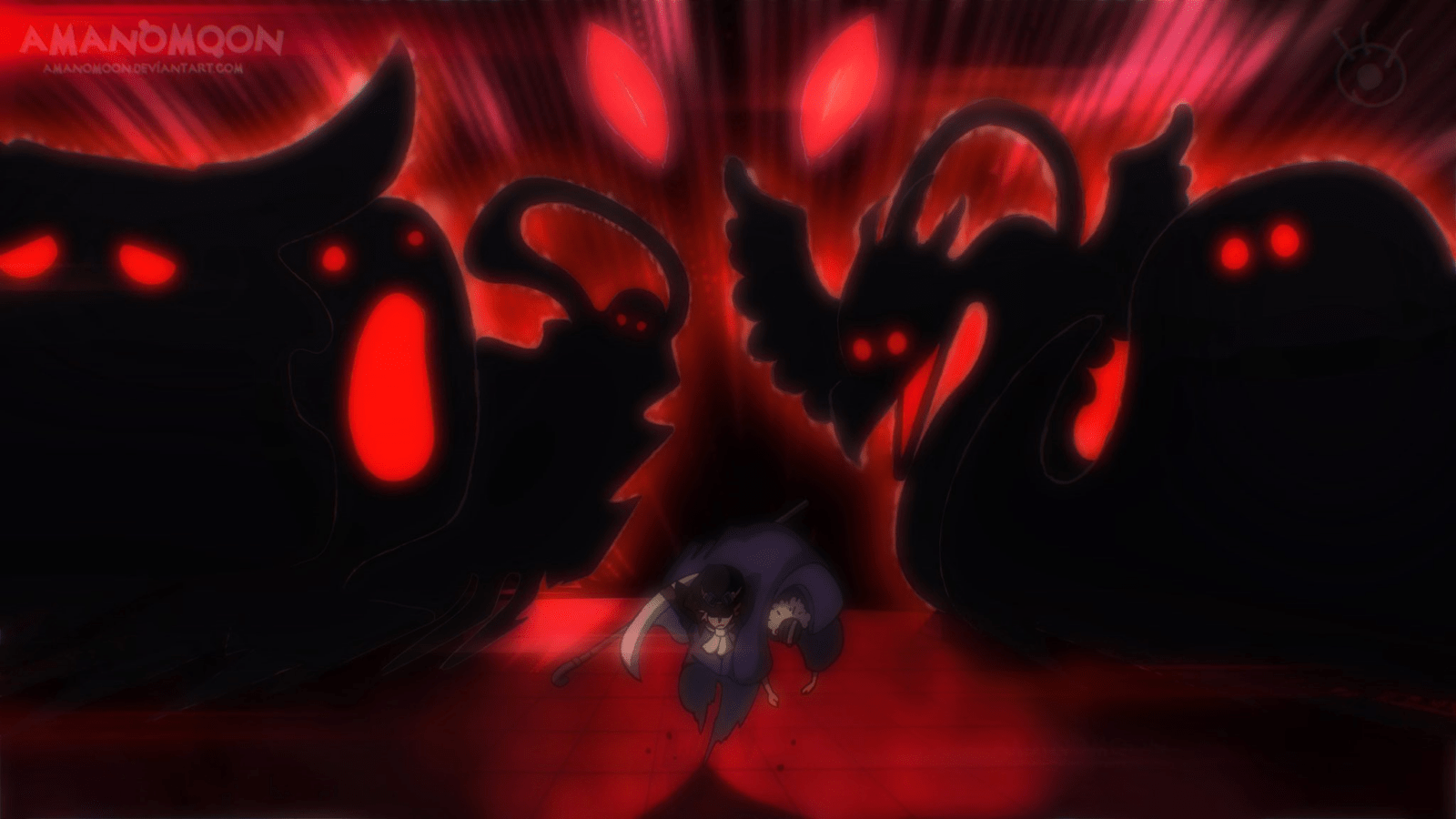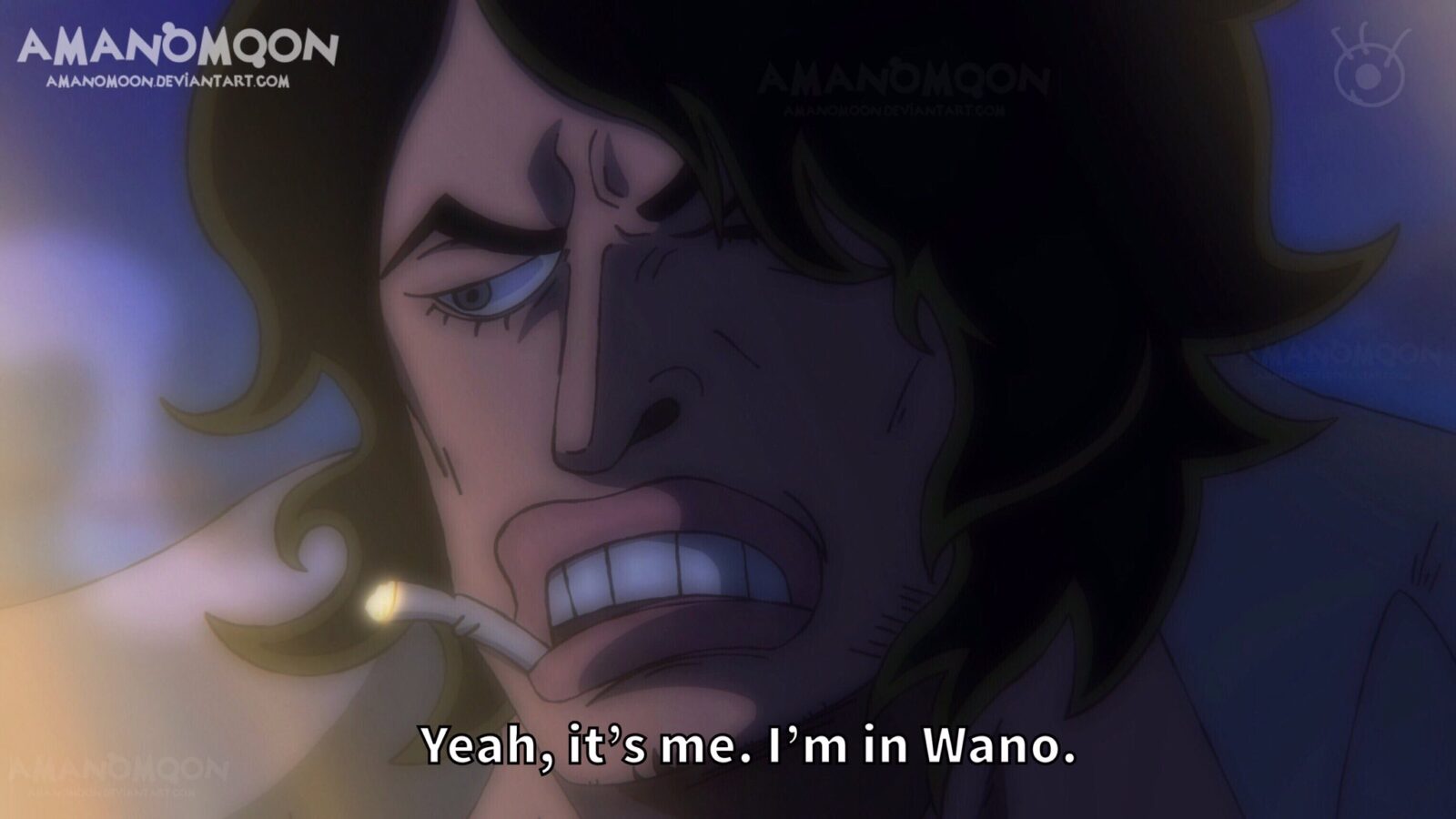In One Piece Chapter 1085, an intriguing and unsettling event takes place as Imu and the Gorosei undergo a transformation into monstrous beings. Sabo vividly describes this transformation as a hellish sight, likening it to looking at hell itself.
Following this revelation, fans on social media, particularly @Aldhisqs9 and @Ritasvn, have made fascinating observations regarding the scene. They draw attention to the presence of five goblins in close proximity to Max, which aligns with the transformed appearance of Imu and the Gorosei.
These observations raise intriguing possibilities and suggest that there may be hidden connections and symbolic meanings associated with the imagery of these goblins and Max. It sparks curiosity about the deeper significance of these coincidences and the implications they may hold for the story.
As the mysteries of One Piece continue to unfold, it is captivating to see fans analyze and speculate on these intricate details, adding another layer of intrigue to the already complex narrative. Only time will tell how these observations tie into the larger storyline and the true nature of Imu, the Gorosei, and the goblins seen alongside Max.
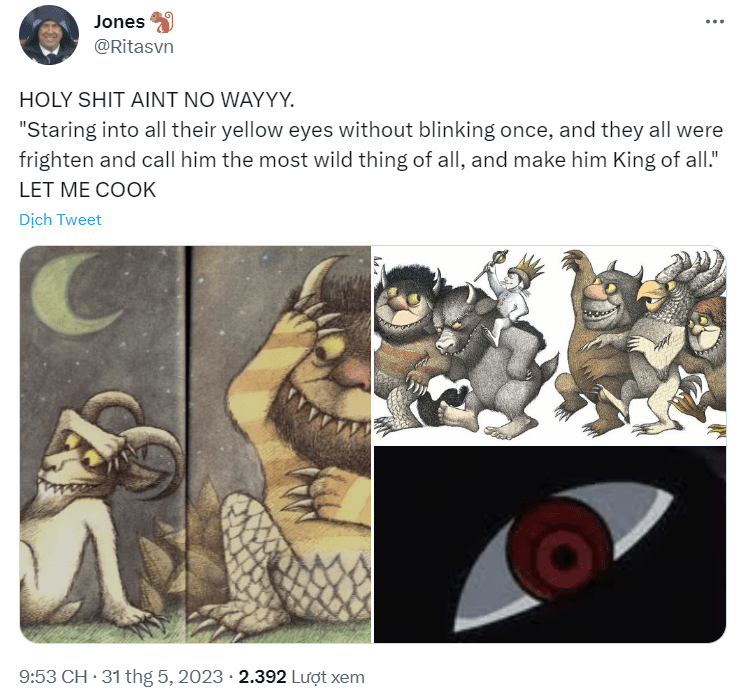
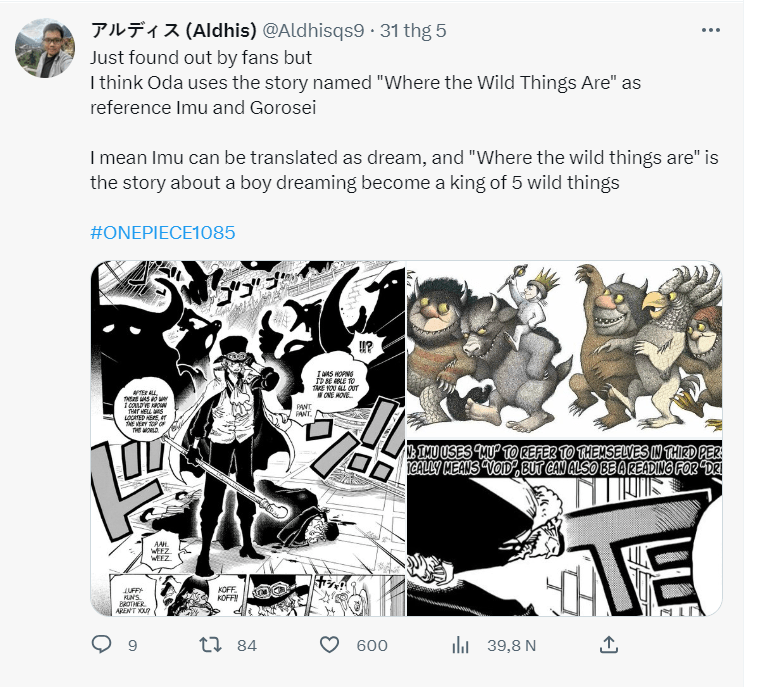
The Story of “Where the Wild Things Are”
“Where the Wild Things Are” is a beloved children’s story written and illustrated by Maurice Sendak. The narrative revolves around a young boy named Max, who embarks on a wild adventure within the realms of his imagination.
The tale begins with Max donning a wolf costume and causing chaos within his home. As a consequence, he is sent to bed without dinner. It is during this time that his bedroom transforms into a lush jungle, transporting Max to a distant island inhabited by mysterious creatures known as the Wild Things.
Initially, the Wild Things attempt to frighten Max, but he remains unafraid and even manages to intimidate them. Impressed by his fearless nature, the Wild Things proclaim Max as their king. This newfound authority leads to joyous and playful interactions between Max and the Wild Things, as they engage in wild escapades and revelry.
However, despite the excitement and admiration bestowed upon him, Max gradually starts to feel a sense of loneliness and yearning for home. Realizing that his place is not among the Wild Things, he decides to relinquish his role as king and return to where he belongs.
As Max departs, the Wild Things express their sadness and frustration, throwing tantrums and expressing their longing for him to stay. Nonetheless, Max remains steadfast and sails back to his own bedroom. Upon his arrival, he discovers a warm supper awaiting him, symbolizing the enduring love and care of his family.
“Where the Wild Things Are” is a poignant tale that explores the themes of imagination, childhood rebellion, the longing for independence, and the comfort of home. It reminds readers of the importance of familial bonds and the reassurance that awaits them, even after venturing into the wild and unpredictable realms of their imagination.
Imu and Gorosei is based on the story Where the Wild Things Are
The first reason, Oda mentioned picture books
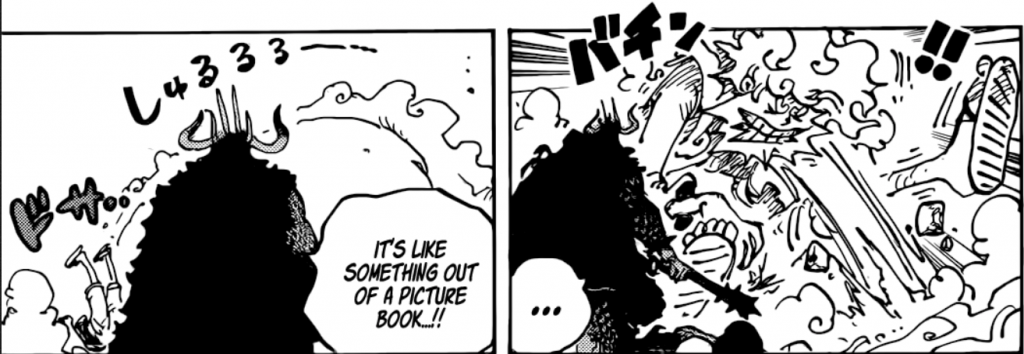
Certainly! When Kaido saw Luffy’s form and his incredible strength in Gear 5, he compared it to a quote straight out of a picture book. This reference to a picture book invokes a sense of wonder and imagination, and it can indeed be associated with Maurice Sendak’s classic children’s book, “Where the Wild Things Are.”
In “Where the Wild Things Are,” the story revolves around a young boy named Max who enters a world of fantasy and encounters strange and powerful creatures known as the Wild Things. Max’s journey through this imaginative realm reflects the limitless possibilities found within children’s literature.
By mentioning a quote from a picture book in relation to Luffy’s incredible transformation, Kaido’s statement alludes to the fantastical nature of Luffy’s powers and the larger-than-life world of One Piece. It draws parallels between Luffy’s journey and the imaginative adventures found in children’s stories.
Furthermore, “Where the Wild Things Are” explores themes of imagination, wildness, and the power of storytelling. Max’s interactions with the Wild Things and his eventual return home convey important messages about self-expression, acceptance, and the wildness that resides within all of us. This connection to the picture book suggests that Luffy’s transformation and his subsequent actions embody similar themes of embracing one’s true nature and defying limitations.
Eiichiro Oda, the creator of One Piece, is known for his ability to infuse deeper meaning and symbolism into his storytelling. By evoking the imagery and spirit of “Where the Wild Things Are” through Kaido’s remark, Oda creates a sense of nostalgia and taps into the imaginative quality that resonates with readers of all ages.
In summary, when Kaido compares Luffy’s form and strength to a quote from a picture book, it not only emphasizes the fantastical nature of Luffy’s powers but also alludes to the themes and spirit found in works like “Where the Wild Things Are.” This connection adds another layer of depth and significance to Luffy’s character and the world of One Piece.
Second reason, It’s the image of goblins
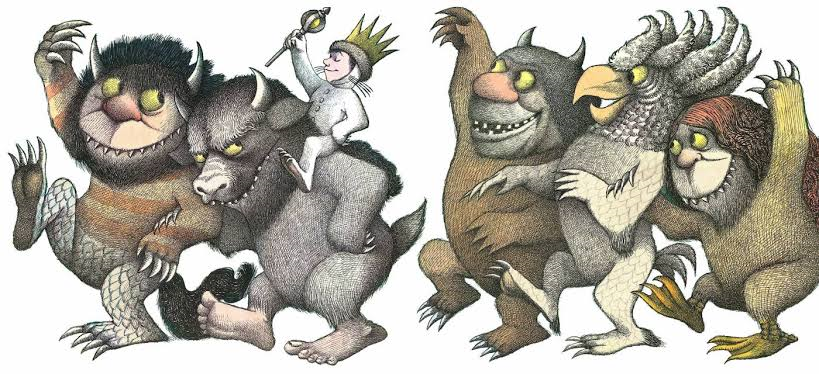
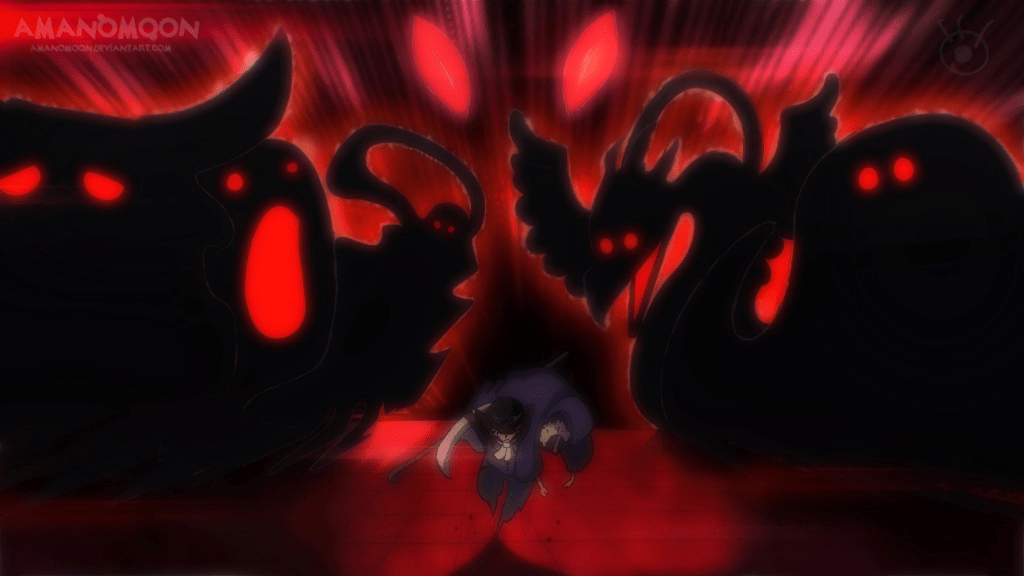
In the book “Where the Wild Things Are,” there is a striking similarity between one of the wild creatures, known as the Wild Things or goblins, and the form of one of the Five Elders in One Piece. Particularly, the Monster Bird form and the presence of horns are common features shared by both.
In “Where the Wild Things Are,” the elves are depicted as fantastical beings, often associated with magic and whimsy. They possess unique physical characteristics and are known for their mystical qualities. Similarly, the Five Elders in One Piece are portrayed as powerful and enigmatic figures within the World Government. The resemblance between the goblin’s elf-like appearance and one of the Elders, especially in their Monster Bird form and the presence of horns, creates an intriguing connection.
Elves, found in various mythologies and folklore, are often portrayed as graceful and ethereal creatures with supernatural abilities. Their appearances can differ, but they are commonly depicted with distinctive features such as pointed ears and an otherworldly aura. The resemblance between the goblin in “Where the Wild Things Are” and one of the Elders, particularly in their Monster Bird forms and the presence of horns, aligns with the imagery commonly associated with elves.
In the world of One Piece, Eiichiro Oda draws inspiration from diverse mythologies and cultural references, incorporating them into his storytelling. By establishing a resemblance between the goblin and one of the Five Elders, specifically in their elf-like forms with Monster Bird characteristics and horns, Oda adds depth and symbolism to the Elders’ characters.
This connection to elves implies that the Elders possess a mystical quality, hinting at their profound knowledge and enigmatic nature. It emphasizes their significant roles within the World Government and their involvement in guarding the world’s secrets.
To summarize, the resemblance between the elf-like goblin in “Where the Wild Things Are” and one of the Five Elders in One Piece, particularly in their Monster Bird forms and the presence of horns, creates a parallel to the image of elves. This association enhances the Elders’ characters, imbuing them with a sense of magic and mystery. It showcases Oda’s ability to incorporate various influences and references into his storytelling, contributing to the depth and richness of the One Piece universe.
The third (most important) reason: the plot


The primary reason, which holds great significance, is the plot. Max’s arrival and his ability to tame and establish himself as the king bears resemblance to how the four members of Trebol made Doflamingo their king based on his exceptional qualities. This scenario could possibly mirror the relationship between Imu and the Five Elders..
More about “Where the Wild Things Are”
Where the Wild Things Are is a 1963 children’s picture book written and illustrated by American writer and illustrator Maurice Sendak, originally published in hardcover by Harper & Row. The book has been adapted into other media several times, including an animated short film in 1973 (with an updated version in 1988); a 1980 opera; and a live-action 2009 feature-film adaptation. The book had sold over 19 million copies worldwide as of 2009, with 10 million of those being in the United States.
Sendak won the annual Caldecott Medal from the children’s librarians in 1964, recognizing Wild Things as the previous year’s “most distinguished American picture book for children”. It was voted the number one picture book in a 2012 survey of School Library Journal readers, not for the first time.
Source: Wikipedia
